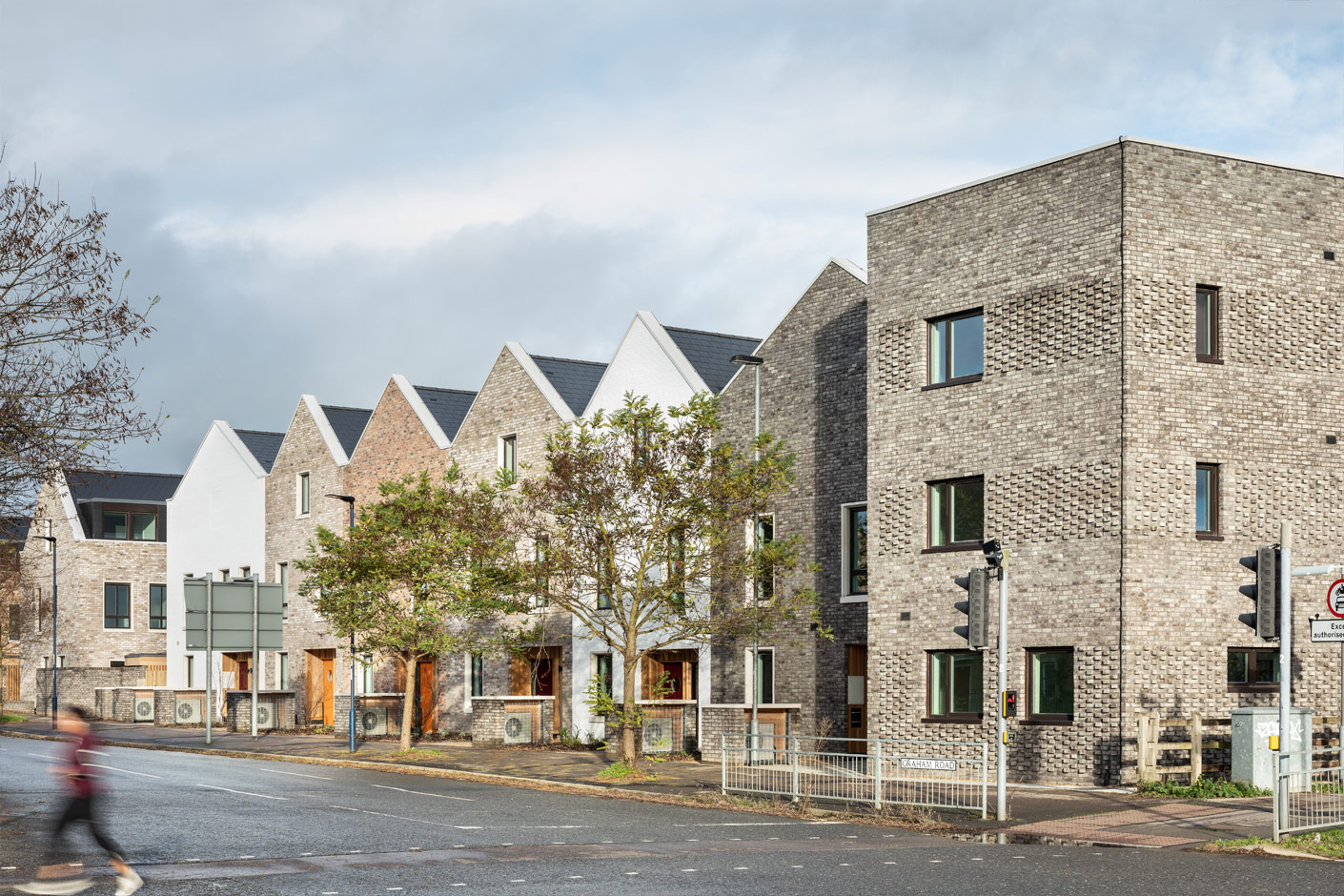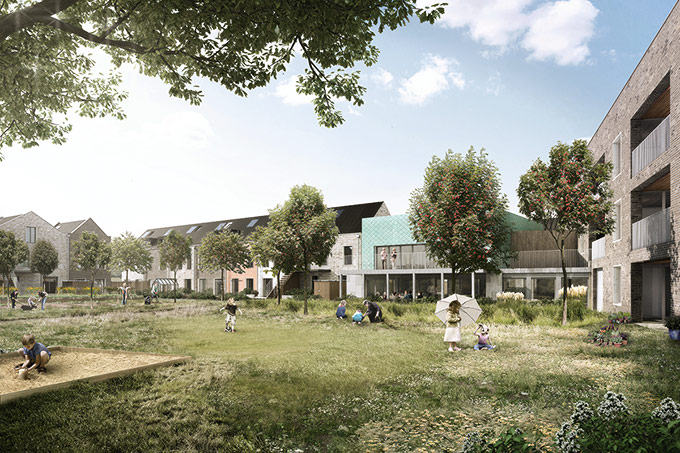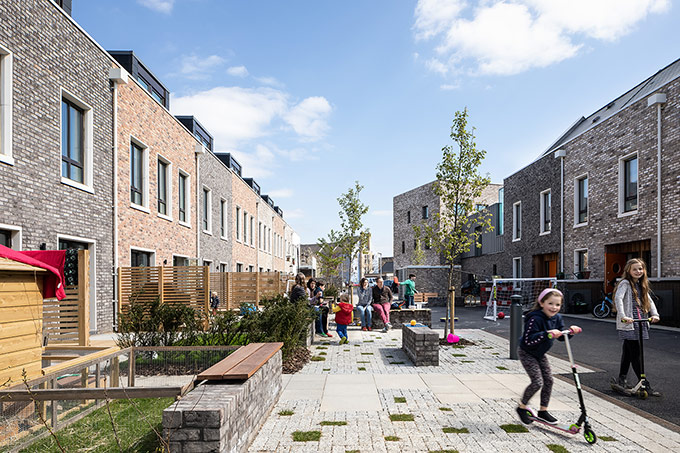A shared electric car, in the co-housing community of Marmalade Lane, highlights our housing crisis
One stray, attractive tweet can lead you to into entire social worlds. Take this one on the left…
Seems like a great idea. The poster, Jonny Anstead, explained some more details of how it works in practice:
“How do they manage its use? It’s like this: purchase cost divided into 1/7th for those using it as a main car, and 1/14th for those using as a second car. The same split for maintenance, tax and insurance.
“Mileage is logged and actual fuel costs allocated to individual users. Diary is managed through a Google calendar. Simple! And actually highly replicable for anyone wanting to share a car with their neighbours.”
Jonny faced an excellent question in the thread from @boxingkangaroo:
“Nice idea but without a formal, watertight agreement in place, this has the potential to end in tears. The first time it breaks down, the first time it’s left grubby inside, the first time it gets dented, when one of the owners moves away and wants out...”
Jonny’s response opened up the world: “I’d normally agree but with #cohousing there is a lot of shared interest and mutual trust as a starting point”.
Which led us on to Marmalade Lane itself. Which turned out to be a rather beautiful example of the co-housing principle in action (which we’ve covered here).
The ML developers have a useful definition of co-housing:
Cohousing is a way of life in which residents not only get to know their neighbours and enjoy a real sense of community, but jointly manage their living environment together. As well as their own private home, each resident household benefits from shared spaces and facilities that enrich the living experience and encourage a more social way of life.
As a cohousing development, Marmalade Lane is the product of an innovative design process in which members of K1 Cohousing, drawn from all ages and backgrounds, have been involved from the outset. All residents are members of Cambridge Cohousing Ltd, have a stake in the common parts and contribute to the management of the community.
The houses are private, priced between £250k and £500k, and built to the highest environmental standards. They have three “common” spaces - see left - a common house, central gardens, and a car-free “play” lane - but as one of the residents says in a Guardian feature piece, “this is a community, not a commune”:
“We didn’t know anything about co-housing,” says Dave Barker, who moved here with his partner, Hester Wells, and their newborn twins. “We came across the group at a property fair and it seemed like an attractive alternative to the usual ‘Have kids and lose all your friends’ model.” As new parents, the couple have found the friends-on-tap nature of the community a boon. “I’m mostly on my own with the kids in the daytime,” says Wells, “so it’s great to feel like there’s a support network on hand. There’s always someone around to have a cup of tea with.”
All of which maybe goes to explain why there’s enough social trust here for people to figure out a solution, among themselves, to the challenge of sustainable personal mobility.
Yet the price of entry to this kind of co-housng is, for many, prohibitively high. Would it be possible for some of this thinking to inform the wave of public housebuilding that many accept is the only solution to the UK’s housing crisis? As the Scottish commentator Gerry Hassan notes this week:
Housing is seen as a commodity to gain individual or organisational profit, resulting in councils, public agencies and developers encouraging gentrification and selling off public stock and assets.
Housing has to be put centre-stage as an intrinsic human right, as a social good and a public good, one which is integral to public policy and government actions. It is pivotal to health and well-being, quality of life, and sustainable communities.





